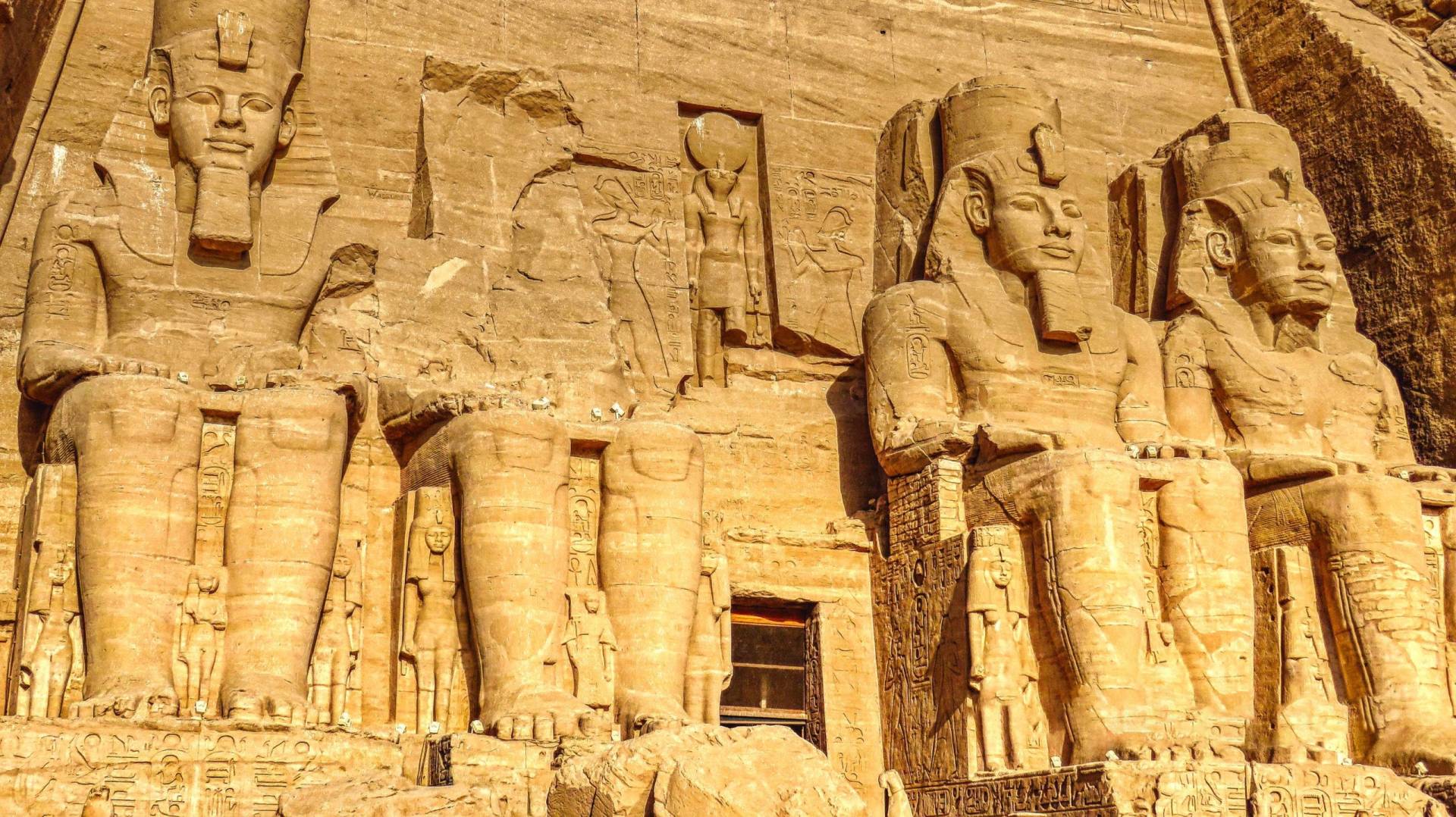
Slide 1
Egypt
AFRICA
Cairo
Cairo, the sprawling capital of Egypt, sits on the Nile River. At its center is Tahrir Square and the vast Egyptian Museum, a treasure trove of antiquities that includes royal mummies and gold-plated artifacts of Pharaoh Tutankhamun . Nearby is Giza, site of the iconic pyramids and the Great Sphinx. In the leafy Zamalek district of Gezira Island, the 187m-tall Cairo Tower commands panoramic views of the city.
Abu Simbel
The Temple of Ramses II or the Greater Temple of Abu Simbel is a speos-type funerary temple built under the mandate of the third Egyptian pharaoh of the XIX Dynasty, Ramses II. It is considered one of the most famous in all of Egypt. Together with the Temple of Nefertari, it forms part of the Abu Simbel complex.
NilE
The Nile, a north-flowing river in Africa, is among the longest waterways in the world, and is famous for its ancient history and the archaeological sites found along its banks. The fertile Lower Nile gave rise to the ancient Egyptian civilization and is still home to the Great Pyramids and the Sphinx of Giza near Cairo. Tourist boats, from luxury cruise ships to traditional feluccas, also cross between the cities of Luxor and Aswan.
Sharm el-Sheikh
Sharm el-Sheikh is an Egyptian seaside resort between the desert of the Sinai Peninsula and the Red Sea. It is known for its sheltered sandy beaches, clear waters and coral reefs. Naama Bay, with its palm-lined coastal promenades, is lined with bars and restaurants. Ras Muhammad National Park is a major diving destination, with marine life around the Shark and Yolanda reefs and the Thistlegorm wreck.
